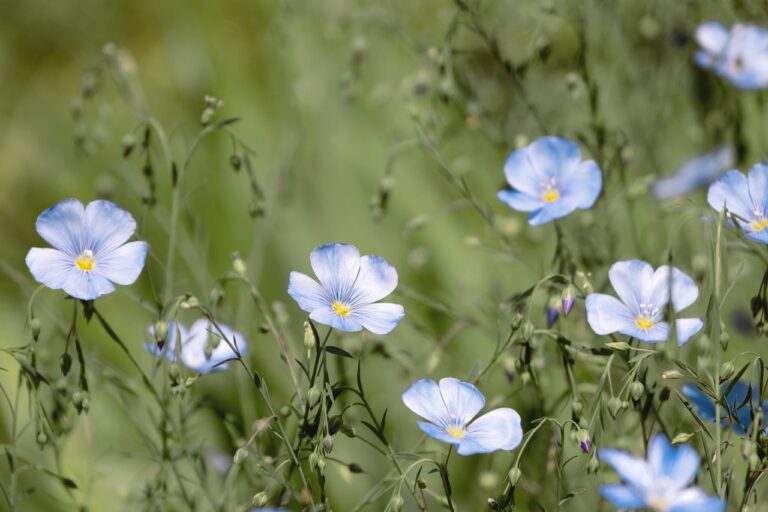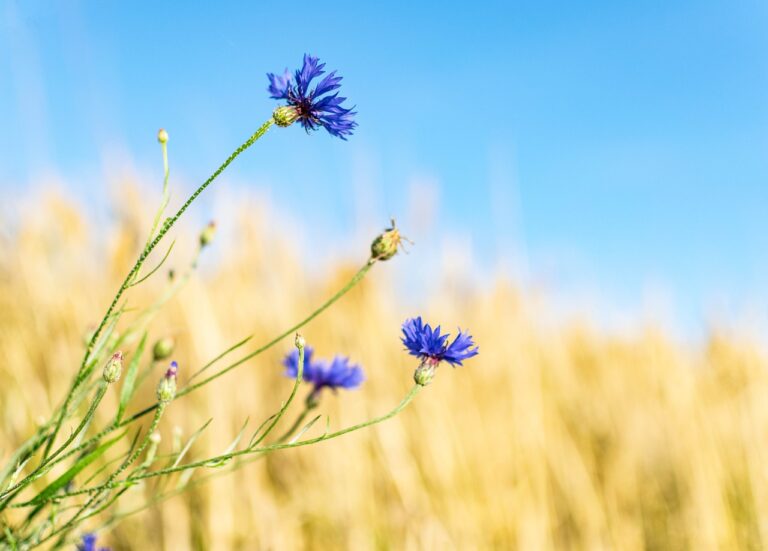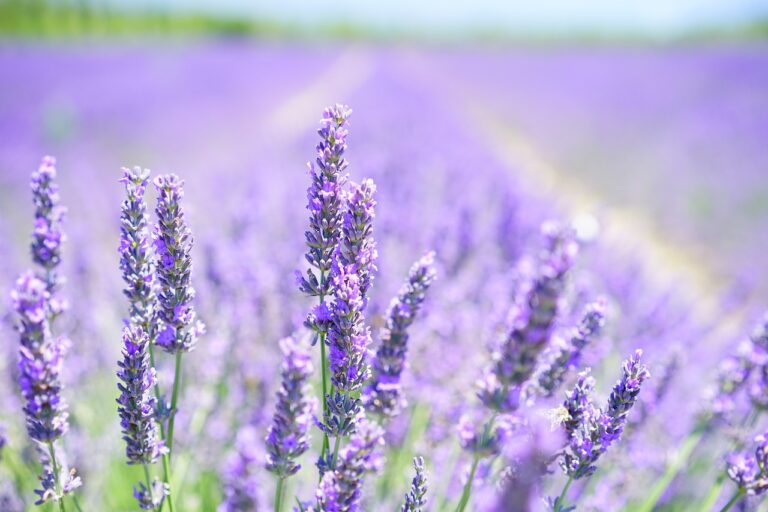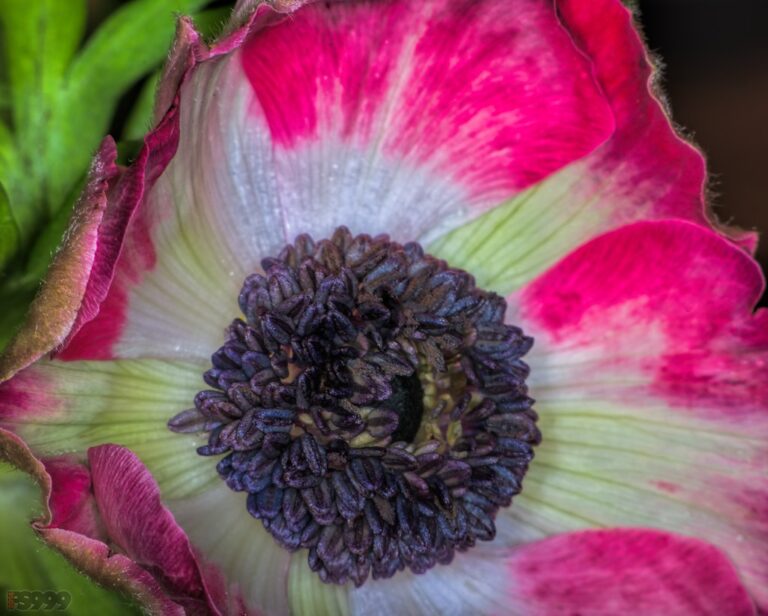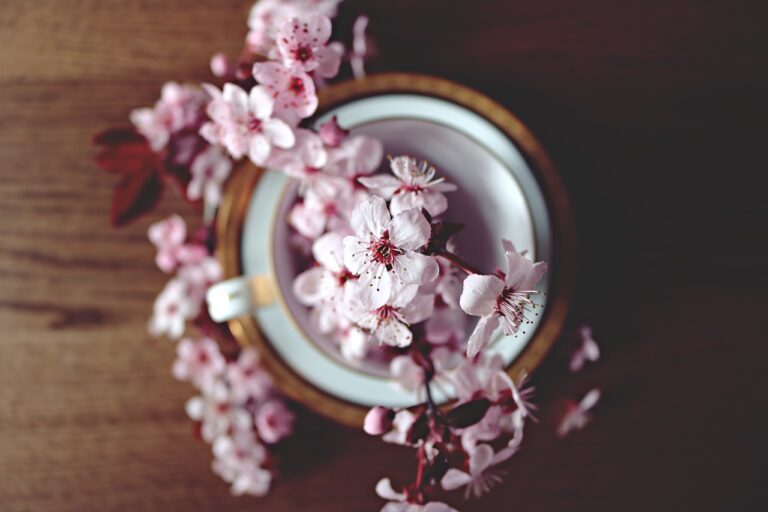Exploring the World of Geranium Leaves: Types, Care, and Benefits
Are you curious about the world of geranium leaves? Discover the different types, care techniques, and benefits of these beautiful plants. From understanding their anatomy to learning how to propagate them, this article will provide you with essential tips to keep your geranium leaves healthy and thriving. Explore their culinary uses, medicinal properties, and how they can enhance your garden and skincare routine. Get ready to embark on a journey of discovery and unlock the secrets of geranium leaves.
Different Varieties of Geranium Leaves
Explore the various types of geranium leaves and discover the unique characteristics they bring to your garden. Geranium leaves come in a wide range of shapes, sizes, and colors, each offering something special to enhance your outdoor space. The most common type is the zonal geranium, known for its distinct dark rings or “zones” on the leaves. These are great for adding a pop of color to your garden beds or containers. If you prefer a more delicate look, consider the ivy-leaf geranium with its trailing foliage, perfect for hanging baskets or cascading over walls. For a touch of fragrance, try scented geraniums, which come in various scents like lemon, rose, or mint. Whether you’re looking for vibrant colors, trailing vines, or delightful scents, there is a geranium leaf variety that will suit your gardening needs.
Understanding Geranium Leaf Anatomy
To delve deeper into the world of geranium leaves, let’s now focus on understanding their anatomy and how it contributes to their overall beauty and functionality in your garden. Geranium leaves are typically palmate, meaning they have a central stem with several lobes spreading out like fingers on a hand. This distinctive shape not only adds visual interest to your garden but also helps the leaves capture and funnel rainwater towards the roots, improving the plant’s water absorption. The leaves are covered in tiny hairs called trichomes, which serve multiple functions. These trichomes protect the leaves from excessive sunlight, reduce water loss through evaporation, and even deter pests by producing unpleasant scents or sticky substances. Understanding the anatomy of geranium leaves can help you appreciate their unique features and care for them effectively in your garden.
Essential Care Tips for Geranium Leaves
Take care of your geranium leaves with these essential tips. Proper care ensures healthy and vibrant foliage, enhancing the beauty of your plants. Start by providing your geraniums with the right amount of sunlight. They thrive in full sun, so place them in a location that receives at least six hours of direct sunlight each day. Ensure adequate watering, but avoid overwatering as it can lead to root rot. Water the plants when the top inch of soil feels dry to the touch. Fertilize regularly during the growing season using a balanced fertilizer. Prune your geraniums to promote bushier growth and remove any dead or yellowing leaves. Finally, monitor for pests like aphids or spider mites and take necessary measures to control them. By following these tips, you can enjoy healthy and vibrant geranium leaves year-round.
Common Pests and Diseases of Geranium Leaves
As you care for your geranium leaves, it’s important to be aware of the common pests and diseases that can affect their health and vitality. One common pest that can damage geranium leaves is the aphid. These tiny insects feed on the sap of the leaves, causing them to curl and distort. Another pest to watch out for is the spider mite. These tiny pests create webbing on the leaves and suck the sap, leading to yellowing and wilting. Diseases like powdery mildew can also affect geranium leaves, causing a white, powdery coating and stunted growth. To prevent and treat these issues, you can use insecticidal soap or neem oil for pests, and fungicides for diseases. Regularly inspect your geranium leaves and take prompt action to keep them healthy and thriving.
Propagation Techniques for Geranium Leaves
You can easily propagate geranium leaves using a simple and effective technique. To start, select a healthy geranium plant with mature leaves. Gently remove a leaf from the stem, making sure to include a small section of the stem attached to the leaf. Next, prepare a pot with well-draining soil and create a small hole in the center. Dip the cut end of the leaf in rooting hormone powder to encourage root growth. Place the leaf into the hole and gently press the soil around it to secure it in place. Water the soil lightly and place the pot in a warm and bright location, but away from direct sunlight. In a few weeks, you should start to see new roots forming. Keep the soil moist but not waterlogged, and within a few months, your propagated geranium leaf will grow into a new plant ready for transplanting.
The Role of Geranium Leaves in Aromatherapy
Geranium leaves have been used for centuries in various healing practices due to their aromatic properties. When used in aromatherapy, these leaves release a gentle, floral scent that can promote relaxation, reduce stress, and enhance overall well-being. The fragrance of geranium leaves is known to have a soothing effect on the mind, helping to alleviate anxiety and uplift your mood. In addition to its calming properties, geranium leaves are also believed to have antibacterial and antifungal properties, making them a popular choice for purifying the air and creating a fresh and clean environment. Whether used in essential oil form or by simply placing a few leaves in a bowl, geranium leaves can transform your space into a tranquil oasis, providing you with much-needed peace and serenity.
Culinary Uses of Geranium Leaves
Geranium leaves offer a multitude of culinary uses that can enhance your dishes with their unique flavors and fragrances. These versatile leaves can be used in both sweet and savory dishes, adding a subtle floral note that elevates the overall taste. When using geranium leaves in cooking, it is important to choose young leaves, as they have a milder flavor. You can chop them finely and sprinkle them over salads, soups, or roasted vegetables for a refreshing twist. Geranium leaves can also be infused into oils, vinegars, or syrups, providing a delightful aroma and taste. Additionally, they can be used to make herbal teas or incorporated into homemade ice creams and desserts. So, next time you’re looking to add a touch of elegance to your culinary creations, don’t forget about the culinary potential of geranium leaves.
Medicinal Properties of Geranium Leaves
Exploring the medicinal potential of geranium leaves reveals their remarkable healing properties. These leaves contain essential oils with antimicrobial and anti-inflammatory properties, making them valuable in treating various health conditions. Geranium leaf tea is known for its ability to soothe digestive issues such as indigestion and stomach cramps. It can also help relieve menstrual discomfort and reduce PMS symptoms. Additionally, geranium leaves can be used topically to treat skin conditions like eczema, acne, and wounds. The leaves can be crushed and applied as a poultice or infused into oils for use in balms and creams. Geranium leaf oil is also a popular ingredient in aromatherapy, promoting relaxation and reducing anxiety. With their natural healing properties, geranium leaves offer a natural and effective way to enhance your well-being.
Geranium Leaves in Natural Skincare Products
When it comes to incorporating the healing properties of geranium leaves into your skincare routine, you’ll find a variety of natural products available. Geranium leaves are commonly used in natural skincare products due to their numerous benefits. These leaves are packed with antioxidants, which help protect your skin from damage caused by free radicals. They also have anti-inflammatory properties, making them ideal for soothing irritated skin and reducing redness. In addition, geranium leaves are known for their antibacterial properties, which can help combat acne and prevent breakouts. Whether you’re looking for a moisturizer, toner, or facial mask, you can find skincare products that feature geranium leaves as a key ingredient. By incorporating these products into your daily routine, you can enjoy healthier, more radiant skin.
Enhancing Your Garden With Geranium Leaves
To enhance your garden with the beauty and benefits of geranium leaves, consider incorporating them into your landscaping design. Geraniums are versatile plants that can thrive in various settings, from flower beds to containers. One way to enhance your garden is by using geranium leaves as a border plant. Their vibrant green foliage will create a visual appeal and add a touch of elegance to your garden. You can also use geranium leaves as a ground cover, filling in empty spaces between other plants. Their dense and compact growth habit will suppress weeds and provide a lush carpet of green. Another option is to plant geraniums in hanging baskets or window boxes, allowing their cascading leaves to add vertical interest and create a stunning display. By incorporating geranium leaves into your garden, you not only enhance its aesthetic appeal but also enjoy the numerous benefits they offer, such as their ability to repel pests and their delightful fragrance. So, why not give your garden a makeover with the beauty and benefits of geranium leaves?
Conclusion
In conclusion, geranium leaves offer a world of variety, benefits, and practical uses. From their different varieties to their anatomy, caring for geranium leaves is essential for their health. Understanding and addressing common pests and diseases is crucial for maintaining their vibrant foliage. Propagation techniques can help expand your collection of geranium plants. Additionally, geranium leaves can be used in culinary dishes and have medicinal properties. They can also be incorporated into natural skincare products. Embrace the beauty and versatility of geranium leaves in your garden today.


